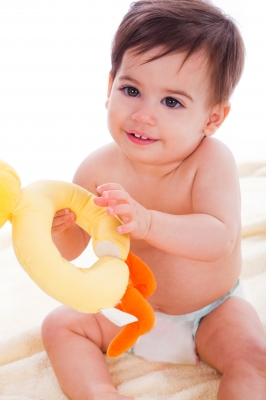CHILD INJURY: HOW A FUN TOY CAN BECOME DEFECTIVE

Every year millions of parents and family members go to toy stores in an attempt to find the perfect gift for a special child in their life. Nothing takes away from this joy as much as when a person finds out the gift they gave the child ended up injuring them. There are numerous ways toys can be dangerous, but a few stand out among the rest.
Defective Toys
Toys considered defective are often the primary source of injuries that occur. There are two types of defective products that parents are likely to face.
Defective Design – Toys such as this can often be considered defective long before they’re ever shipped from the manufacturer, and this is generally because there is some design flaw that makes the toy unsafe.
Defective Parts – Toys in this category will often appear safe on the surface, but as time goes on the risk of an accident occurring tends to increase as parts become loose or design flaws become apparent.
Common Aspects of Dangerous Toys
Small Parts – Toys with small parts are the leading cause of injury to children since these quickly become a choking hazard.
Unsafe Materials – Toys such as an aquarium or underwater aquarium are often considered to be unsafe because of the substances they contain. A novelty aquarium will often contain a liquid that is meant to enhance the underwater aquarium look, but this same substance is often dangerous if ingested.
Removing these items from the home is often the first concern of parents who have a child that has an accident or suffers an injury due to a defective toy. Parents should also consider legal action as a means to ensure these products are kept out of the reach of other children who could potentially be harmed.
Getting an Attorney
If your child has been hurt by a defective toy, then you may have some large medical bills that need to be paid. The best way to cover these mounting medical bills is to hire a personal injury attorney. Schedule your free case evaluation today by calling 713-222-1222
*Image courtesy of freedigitalphotos.net
